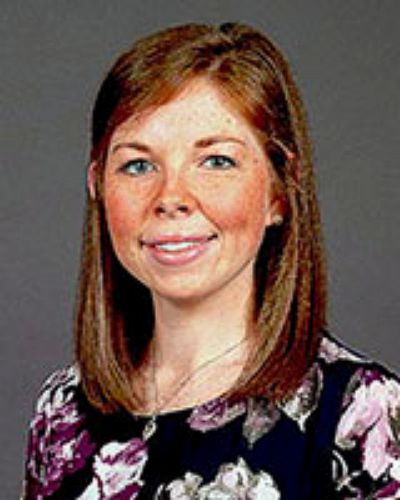Now published, see the full article 
Early Abstract:
Background: Many rural hospitals and health systems in the US lack sufficient resources to treat COVID-19. The St. Lawrence Health System (SLHS) developed a system for managing inpatient COVID-19 hospital admissions in St. Lawrence County, an underserved rural county that is the largest county in New York State.
Methods: The SLHS used a hub and spoke system to route COVID-19 patients to its flagship hospital. It further assembled a small clinical team to manage admitted COVID-19 patients and to stay abreast of a quickly changing body of literature and standard of care. A review of clinical data was completed for patients who were treated by the SHLS’s inpatient COVID-19 treatment team between 20 March and 22 May, 2020.
Results: Twenty COVID-19 patients were identified. Sixteen patients (80%) met NIH criteria for severe or critical disease. One patient died. No patients were transferred to other hospitals.
Conclusions: During the first two months of the pandemic, we were able to manage hospitalized COVID-19 patients in our rural community. Development of similar treatment models in other rural areas should be considered.




